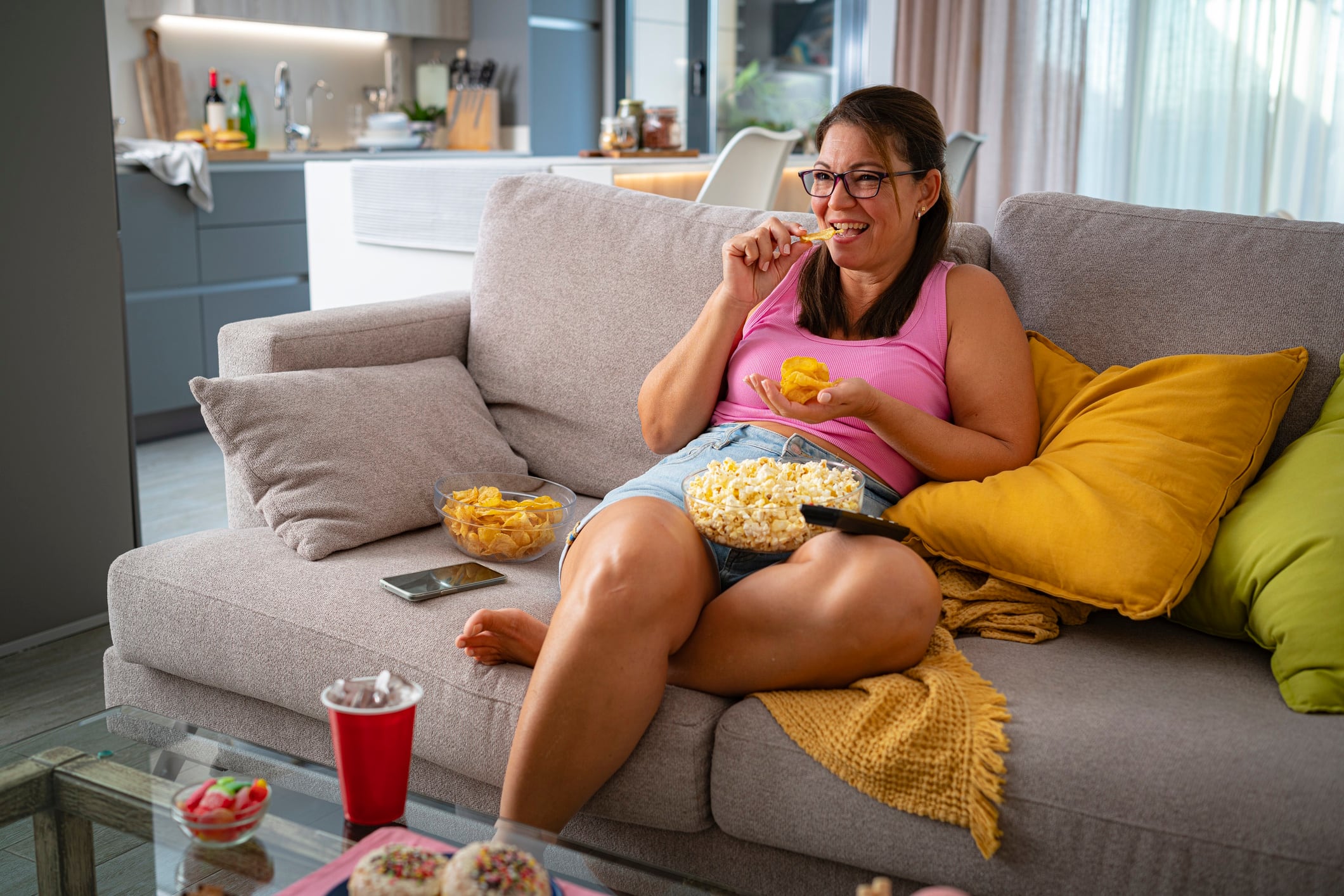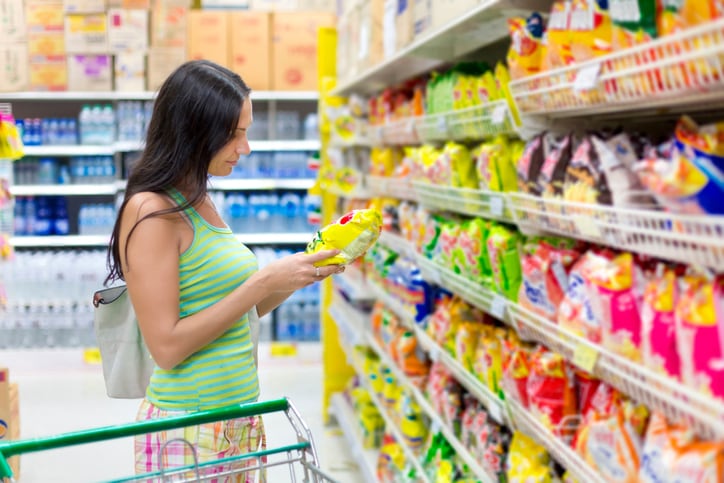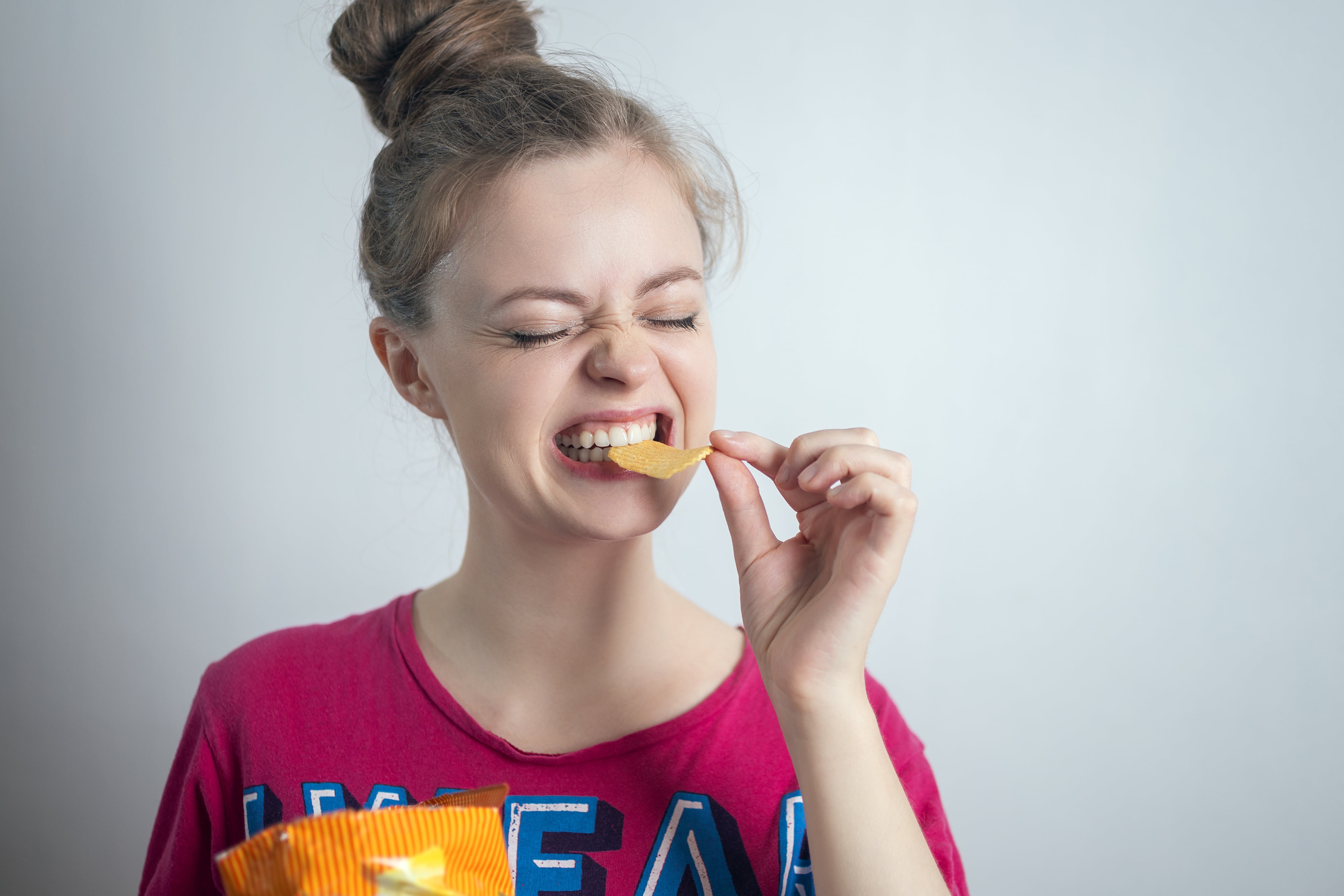Snacking has undergone a quiet, radical shift.
It’s no longer about mindless munching or curbing hunger between meals.
Today, snacks are a powerful form of self-expression – a curated, daily way consumers telegraph their values, health goals and identities.
Cargill’s latest snacking study, paired with its 2025 Protein Profile, uncovers just how far this evolution has come and what it means for the future of food.
Snack frequency is up but motivation matters more

Cargill’s research shows that 94% of US adults snack daily and nearly 60% snack two or more times a day. That isn’t surprising anymore. What’s changed is why they’re reaching for a snack.
“Snacking is a really critical part of consumers’ diets now,” says Jana Mauck, category marketing manager for Snacks at Cargill. “Almost 90% are snacking at least once a day and a significant portion are snacking multiple times a day.”
But this isn’t just about convenience. For many, each snack choice signals identity – whether it’s high-protein, plant-based, crafted with whole grains or baked for balance. Snacks are becoming coded lifestyle markers: a seeded protein muffin at 10am; a fibre-packed ancient grain cracker by 2pm; a low-carb almond flour cookie after dinner. Consumers aren’t just eating; they’re curating.
Six snacking mindsets

Cargill’s study outlines six distinct consumer segments, reflecting a spectrum of behaviours and motivations:
Health Seekers want their snacks to embody purity and integrity. They avoid artificial ingredients, seek visible wholesomeness (think seeds, oats, nuts) and prefer artisanal-looking formats. Their snacks signal discipline and authenticity.
Purposeful Snackers demand functional performance. They choose snacks loaded with benefits: protein for muscle building, fibre for digestion, lower sugar for energy stability. Their snack choices tell the world: “I live with intention.”
Permission Snackers are deliberate in their choices. They don’t snack out of habit, but for specific reasons - choosing products with added value like protein or fibre to support their wellbeing.
Indulgent Snackers are driven by taste and pleasure. Their snacks are rich, satisfying and often more about emotional satisfaction than health goals.
Avoiders actively steer clear of specific ingredients such as added sugars or sodium. They seek clean label products that align with their dietary goals.
Seekers want more from their snacks. They look for added functionality – from energy boosts to gut health – and will choose products with enhanced nutritional profiles to meet those needs.
“We discovered six consumer segments and a broad spectrum of behaviours,” said Mauck. “There’s everything from the consumers that are health driven to the consumers that are really overindulgent.”
These segments aren’t fixed, however. A consumer might identify as a Health Seeker in the morning, grabbing for a clean label breakfast bar, and shift to a Purposeful Snacker post-gym, reaching for a gut-boosting yoghurt pouch.
Occasion, need state and even mood now layer into identity signalling, making the snacking landscape vastly more complex.

Cargill’s 2025 Protein Profile report reinforces that protein isn’t just about nutrition anymore. With 61% of Americans having increased their protein intake in 2024, up from 48% in 2019, it’s become a status signal – shorthand for discipline, modernity and health awareness.
Consumers are choosing snacks as a primary way to meet those elevated protein goals. While animal proteins (beef, chicken, eggs) remain dominant, high-protein snack innovations are booming – from fortified bars to collagen-infused cookies and grain-free protein bites.
This evolution also intersects with the rising use of GLP-1 medications for weight loss. “We’re seeing need states that have that health-driven mindset,” says Mauck. “So maybe at certain times of the day you want something healthier ... like in the morning. Depending on what’s driving those needs, they may want healthier things.”
Smaller, more nutrient-dense, high-protein snacks are increasingly becoming staples for people managing appetite through medication.
Social media is also amplifying the protein shift. Choosing a high-protein snack now signals strength and modern health awareness – especially in online spaces where ‘high-protein hacks’ and ‘what I eat in a day’ videos dominate.
Identity-driven snacking

The new snacking culture is deeply intertwined with social media. Cargill’s research shows that 52% of consumers have tried new foods after seeing them online. Influencers are shaping food choices at an unprecedented rate.
From ‘gut health girlies’ posting fibre-packed snack hauls to fitness influencers sharing protein-packed snack swaps, the snack someone flashes on their Instagram story matters. It’s not just about what tastes good. It’s about what signals the right tribe: healthy, conscious, cutting-edge.
This cultural dynamic is especially powerful among Gen Z, who lead the charge in blending global flavours, wellness trends and snack experimentation into an ever-changing food identity.
Two sides of the new snack economy

Even as consumers use snacks for self-expression, inflation pressures haven’t disappeared. Cargill’s Protein Profile reveals a dual movement:
Value-hunters: Consumers are buying in bulk, freezing snacks and looking for affordable protein options without compromising on benefits.
Premium-seekers: Others are splurging selectively – choosing gourmet, high-protein, globally inspired snacks that feel like a luxury experience.
For brands, this split means they must cater to both emotional needs:
- Offer everyday functional snacks that align with a disciplined identity.
- Provide special-occasion indulgent snacks that still signal wellness or sophistication.
“We have our ingredient tracker that tells us what consumers think about different ingredients and bring that together with our snacking study and work with customers in that formulation,” said Mauck. “We have sugar reduction products and we also have our chocolate to reach that indulgent side.”
Snacks must flex, meeting functional, emotional, financial and cultural needs all at once.
Personalised snacking ecosystems

As identity-driven snacking takes hold, personalisation will be the next frontier.
Imagine snack brands offering modular ranges to allow consumers to build their snack based on who they want to be today by:
- Picking a base (protein level, functional add-ins like probiotics)
- Adding a flavour (global spice, classic comfort)
- Choosing a format (bar, bite, pouch)
Already, some disruptor brands are experimenting with this approach – offering DIY snack kits, hyper-personalised subscription boxes and TikTok-driven limited drops that appeal to specific micro-identities.
“Consumers are paying more attention... they’re looking for [health] in different ways. We have two segments that are really health driven but also need states that pop in the other segments still have a healthy element to it,” adds Mauck.
The winners in this new era won’t just be the tastiest or the healthiest. They’ll be the brands that help consumers express themselves better with every snack they pick up.
Snacks speak louder than words

In 2025, a snack is never just a snack. It’s a choice, a signal, a statement of who you are, what you value and how you want to be seen.
Brands that understand this shift – and innovate around snacks as expressions of self – will not only sell more products. They’ll become part of consumers’ personal narratives, woven into their daily lives in ways traditional marketing could only dream of.





